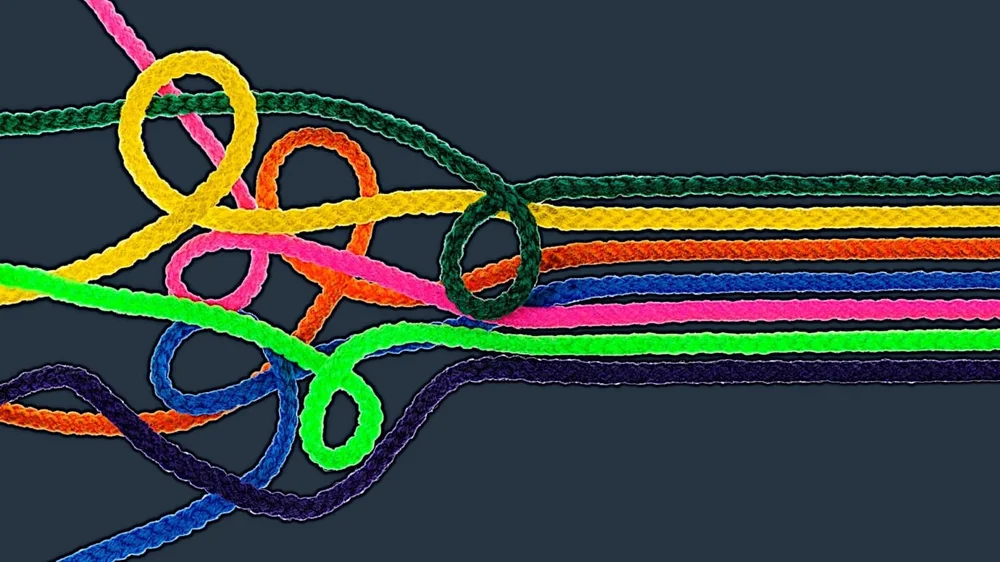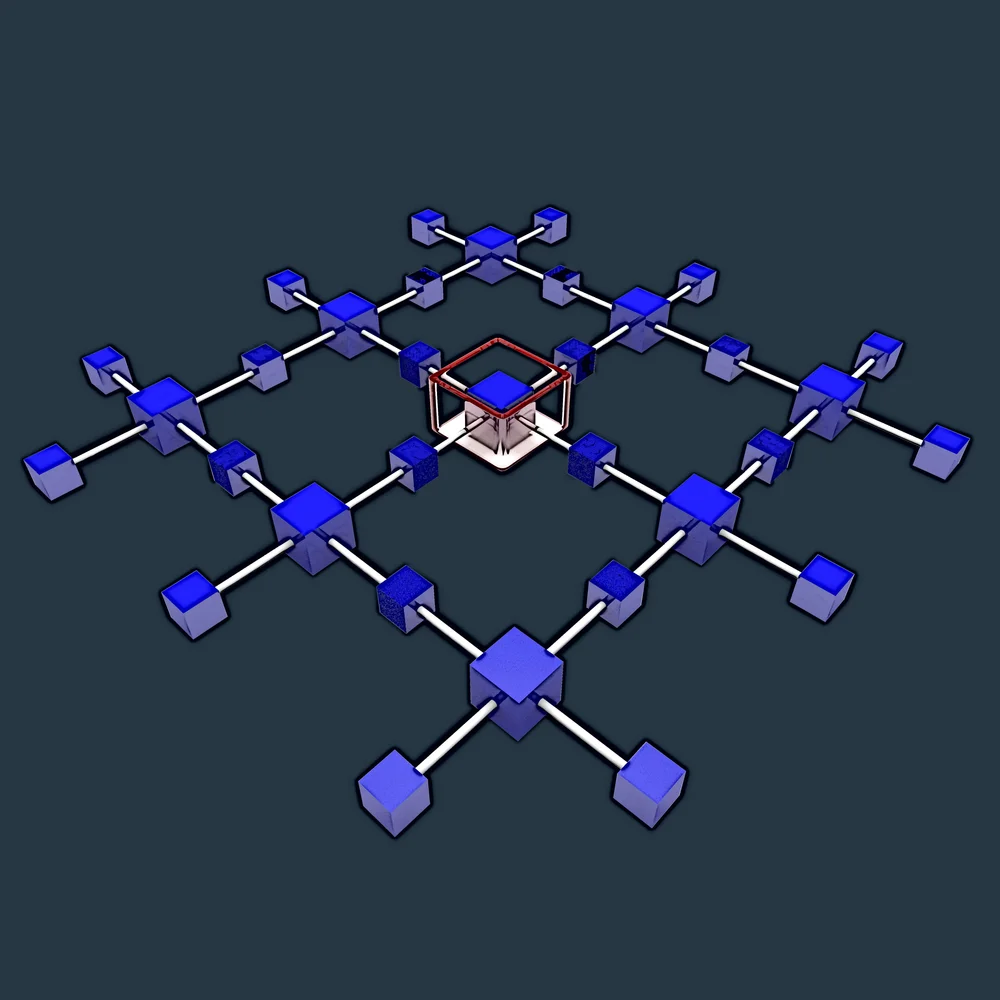Enterprise modeling: why a bottom-up, distributed approach works



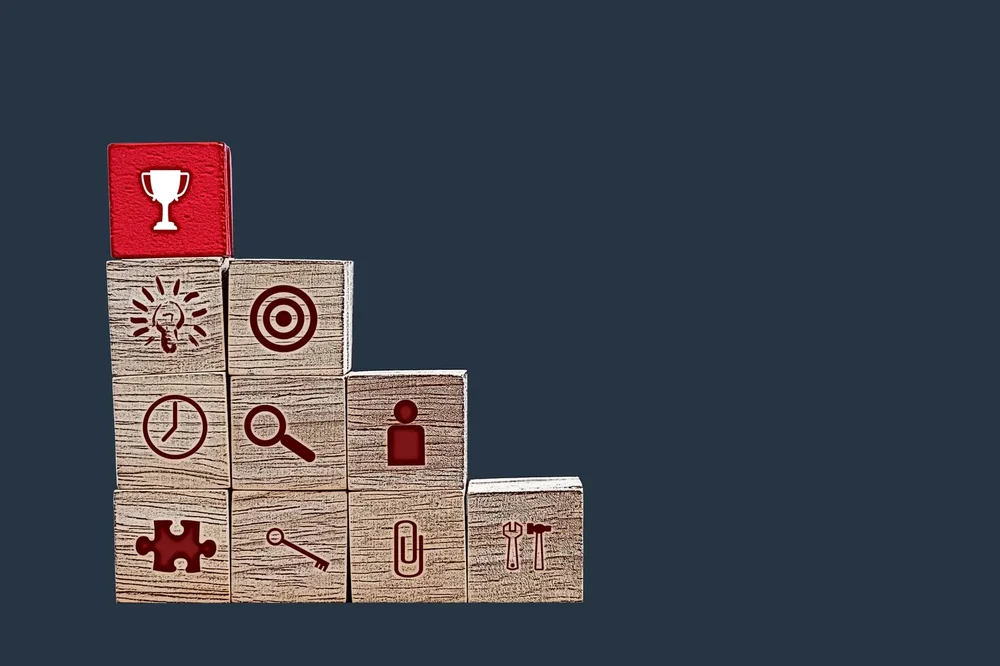
Regardless of the system modeled, enterprise modeling can be a difficult task. Business decision-making that arises from models where elements or flows are not captured correctly, completely, or accurately, doesn’t reflect the actual system and can lead to costly mistakes.
We assess the enterprise modeling landscape and issues with existing modeling methods. We suggest solutions to capture all processes, relationships, and data necessary to give a more exact model for decision-making and tweaks for optimization.
Several standards and frameworks have been proposed to support organizations in developing consistent, evidence-based enterprise models:
- GERAM: The Generalised Enterprise Reference Architecture and Methodology [Figure 1] (Bernus and Nemes, July 1996);
- ISO 15704:2019 Enterprise modeling and architecture — Requirements for enterprise-referencing architectures and methodologies;
- ISO 19439:2006 Enterprise integration — Framework for enterprise modeling.
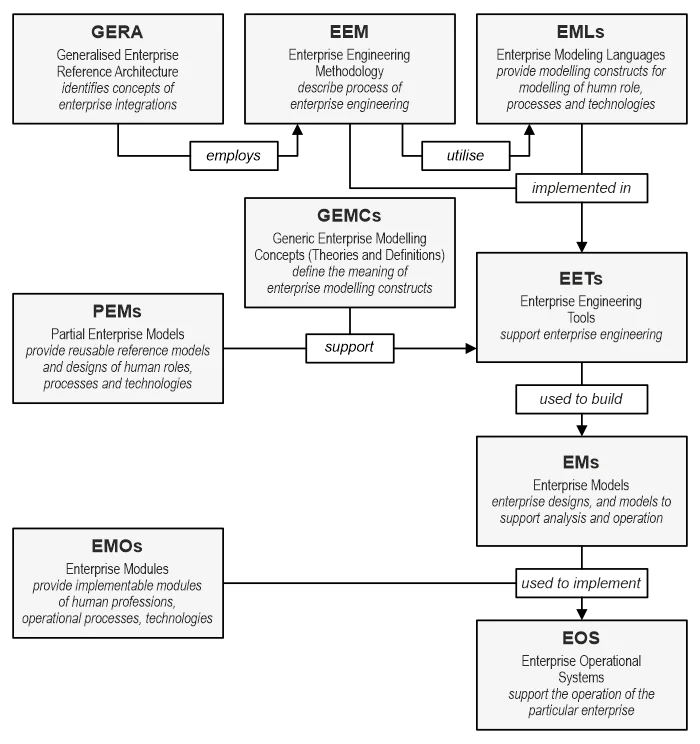
The problem with top-down enterprise modeling
Perhaps the biggest challenge with enterprise modeling is the tendency to use a top-down approach. Management models the enterprise through incremental decompositions of high-level objectives, plans, and strategies. When these models are decomposed to the operational, front-line level, they can lose their grounding with reality. No single person has the insight to architect, model, or even observe the whole enterprise.
Evaluating the impact of functional decomposition relies on understanding and structuring the business and technical requirements. Several relevant concepts related to risk and security are often overlooked during the enterprise modeling process (Grov, et al., 2019, p. 216):
- Threat—any circumstance or event that can adversely impact organizational operations, organizational assets, individuals, other organizations, or the nation.
- Risk—a measure of the extent to which a threat can cause adverse impact if realized and the likelihood of its occurrence.
- Security—the state of being free from unacceptable risks.
Thus, enterprise architecture should model risk management at all levels of the organization, especially in light of the current state of cybersecurity intrusions into many enterprises and the significant increase in the hacking of corporate and government databases.
The effects of top-down modeling in action
“What is captured in models, often in a top-down fashion, by this small group and made available for organizational purposes is only a fragment of the enterprise knowledge that potentially could be captured, discussed, and communicated.”
— Fossland and Krogstie (2017, p. 1)
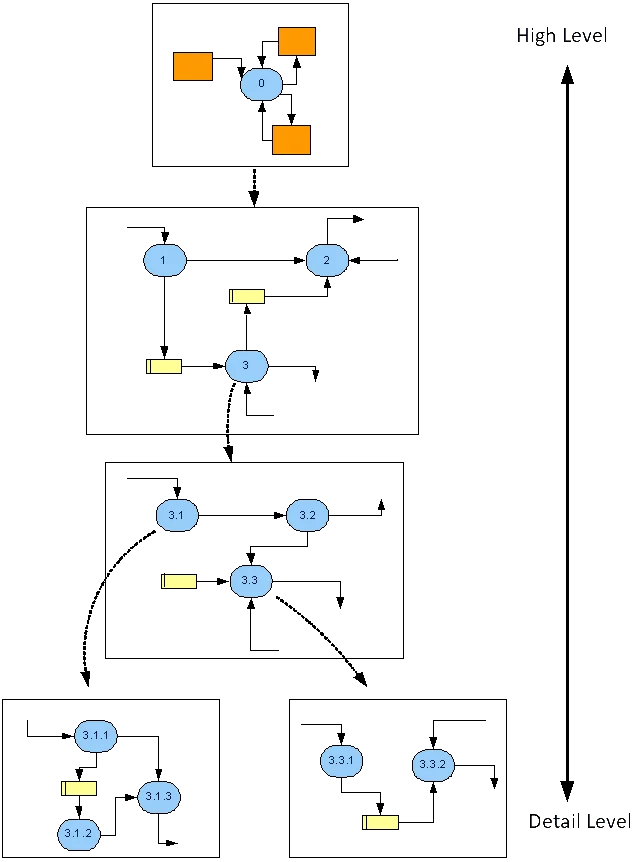
While the accuracy and relevance of top-down modeling are often poor, the lack of ownership and participation by front-line employees is equally troubling. Imagine a decomposed enterprise model for a medical devices company.
Models are often built for making sense of a specific set of processes in a limited group. When attempts are made to turn these models into corporate organizational memory, the limitations inherent in the original modeling approaches and tools often become apparent. Therefore, informal models must mature to build a practical perspective of the processes and meta-models.
Models gradually decay since few people retain ownership over the models during their existence. Organizations must put practices in place to maintain the currency of the models. The plans are also not incredibly motivating - likely requiring management through compulsion and hard, formal “motivators.”
Involving front-line workers in the modeling process

When operators are an integral part of the modeling process and generate time study and metrics data on their own, they’ll inculcate more passion and motivation to achieve the targets. More broadly, the operators (and other employees) may contribute powerful insights and feedback when they own part of the enterprise model.
As noted in Whitman, L. E., and Brian L. Huff’s 1997 paper, A living enterprise model,
“By concentrating only on modeling the physical aspects of the system using a bottom-up approach, a more “natural” development of the model is achieved.”
The benefits of bottom-up enterprise modeling are intuitive, but the approach has historically remained out of reach. Logistical constraints have limited the viability of this approach, with challenges like distributing the modeling software, providing systems/modeling training, organizing communications/contributions across the company, and accessibility of the modeling platform (e.g., computer usage by all employees, language barriers, etc.).
Modern trends in software development break down many of the barriers to bottom-up enterprise modeling
Web apps dedicated to enterprise modeling
Consider distributing the modeling platform (typically a dedicated software product) across the enterprise. Software-as-a-Service (SaaS) web applications can replace desktop software and eliminate software distribution. Any worker with a computer can access the software, contribute, and collaborate. These web apps also lower the barrier to contribution in that special training is often required for complex desktop software installation and management. Still, most folks have existing foundational skills in web browser usage.
The enterprise could consider proprietary or open-source tools to support bottom-up enterprise modeling:
PROPRIETARY TOOLS
OPEN-SOURCE TOOLS
Listing the tools here does not infer any recommendation. This list is strictly FYI, and should the need arise to investigate these further. We suggest the enterprise invest in evaluating tools appropriate to the organization.
Innovative communication and collaboration platforms
Communication and collaboration during enterprise model creation are essential, and modern communication platforms can facilitate that across the enterprise. It’s rarely logistically feasible to handle large-scale model collaborations synchronously and primarily in person.
Instead, asynchronous collaborative communication with a modern tool like Mattermost (an open-source Slack alternative with a data-sensitive focus) serves as an excellent platform for semi-structured communications.
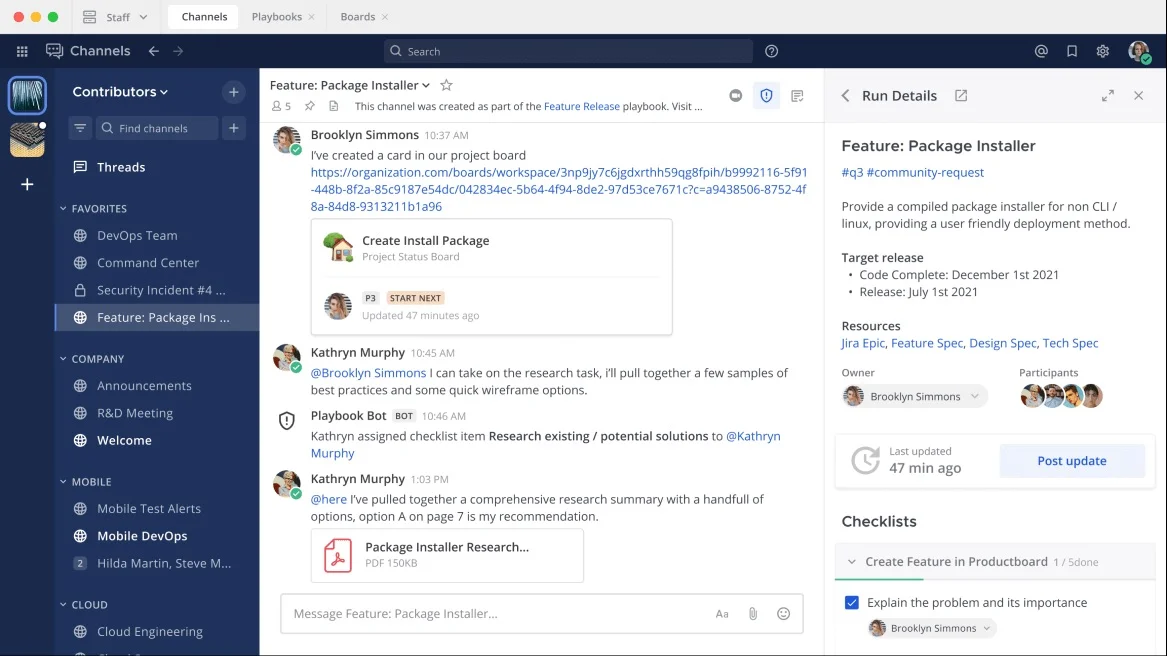
Non-native English speakers will also have an easier time with these communications since asynchronous communication allows for online translator use.
Next steps: Try bottom-up modeling a business function
For many modern organizations, employees are well-equipped with laptops, powerful asynchronous communication platforms, and tools to ease web application use (e.g., translators and accessibility tools).
In this way, it’s now easier than ever to develop a distributed, decentralized, bottom-up strategy for enterprise modeling and simulation. You can start with a single business function as a trial study. This might be the Enterprise Resource Planning (ERP) System or the Demand Forecasting and Order Management System in the supply chain. For more info on supply chain systems, you may want to take a look at Bottom-Up Vs. Top-Down Approaches to Supply Chain Modeling, which provides a wealth of information.
Using this distributed model ownership, teams can create the opportunity to hit unprecedented performance levels from data-driven operations and seamless integration of strategy, context, and processes.
References:
Bernus, P., Nemes, L, (July 1996). A Framework to Define a Generic Enterprise Reference Architecture and Methodology, Computer Integrated Manufacturing Systems 9,(3),179–191.
Fossland, S., & Krogstie, J. (2017). Combining top-down and bottom-up enterprise modelling. Sun SITE Central Europe (CEUR) Workshop Proceedings. http://ceur-ws.org/
Grov, G., Mancini, F., & Mestl, E. M. S. (2019). Challenges for risk and security modelling in enterprise architecture. In J. Gordijn, W. Guédria, H.A. Proper, (Eds.), The Practice of Enterprise Modeling, Proceedings of the 12th IFIP Working Conference, PoEM 2019. Luxembourg, Luxembourg, November 27–29. (pp. 215-225). Springer.
IFIP-IFAC Task Force on Architectures for Enterprise Integration. (2003). GERAM: The Generalised Enterprise Reference Architecture and Methodology. In: Bernus P., Nemes L., Schmidt G. (eds) Handbook on Enterprise Architecture. Series: International Handbooks on Information Systems. Springer. https://doi.org/10.1007/978-3-540-24744-9_2
